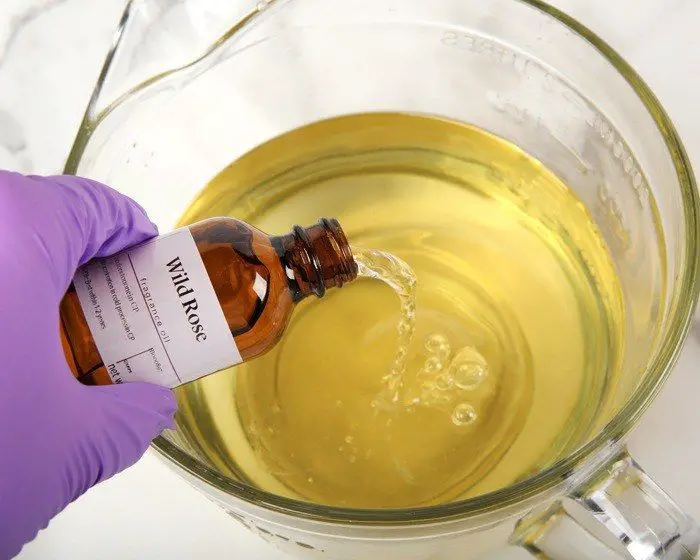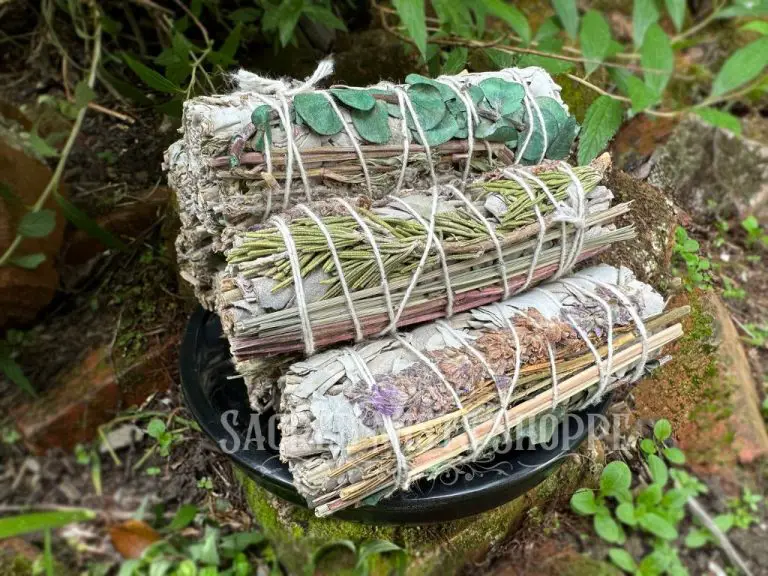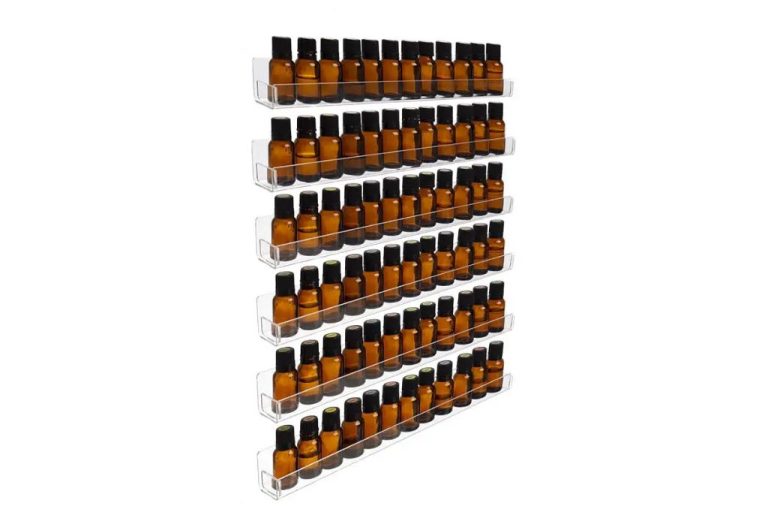How Long Do Candlescience Fragrances Last?
Scents and fragrances are an important part of the home candle making process. The fragrances used in candle making largely come in two main types – essential oils and fragrance oils. Essential oils are extracted directly from plants through methods like steam distillation. They contain the true scent of the plant and tend to have better longevity than fragrance oils. Fragrance oils are synthetic or blended oils designed to mimic a scent. They usually have lower cost but don’t last as long.
When making candles, makers combine wax, fragrance and other additives to create the final product. The longevity of the fragrance used will depend on the type of oil, the candle making process, and environmental factors during burning. Generally essential oil candles will have better hot and cold throw and last longer than fragrance oil candles. However there are ways to maximize fragrance oil longevity as well.
Factors That Impact Fragrance Longevity
There are several key factors that impact how long a scented candle’s fragrance will last:
Wax type and quality – Soy wax candles tend to have better fragrance throw and longevity than paraffin wax candles. High quality soy wax holds onto fragrance oils better. Paraffin wax can cause fragrance oils to evaporate more quickly.1
Wick type and size – Larger cotton wicks allow more fragrance to be released as the candle burns versus smaller wood wicks. The width and material of the wick impacts the burn temperature.
Candle vessel material and shape – Candles in glass containers tend to retain fragrance better than tin or other metals which can cause fragrance to dissipate faster. The shape of the jar also impacts fragrance throw based on how far the scent can disperse.
Burn time and temperature – Longer and hotter burns will release more fragrance oil initially, but may cause it to be used up faster overall versus shorter, cooler burns.
Essential Oils vs Fragrance Oils
Essential oils and fragrance oils have some key differences when it comes to candle making. As explained in this article, “The difference between essential oils and fragrance oils”, essential oils are extracted and distilled directly from plants. Fragrance oils, on the other hand, are synthetic oil-based formulas created in a lab to mimic natural scents.
One of the main differences is that essential oils are much more volatile, meaning they evaporate more quickly. As noted in this Harlem Candle Company article, this means essential oils might not last as long in a candle compared to synthetic fragrance oils. Essential oils can provide a lovely natural aroma, but typically need to be blended with a fragrance oil in a candle formula for longevity.
Top Note, Middle Note, Base Note
The scent profile of candle fragrances unfolds in layers over the burn time. Candle fragrances contain a mixture of top, middle, and base notes that evaporate at different rates as the candle burns. This creates a unique scent experience that evolves from start to finish.
Top notes are the lightest, most volatile aromas that evaporate quickly once the candle is lit. They provide the initial burst of fragrance when the candle is first burned. Common top notes include citrus, herbaceous, and green scents. Top notes tend to last 5-20 minutes into the burn.
Middle notes emerge once the top notes dissipate. These are rounded, mellow scents that form the heart of the fragrance. Florals, fruits, and sweet spices are typical middle note aromas. They generally last from 20 minutes into the burn up to 2 hours.

Base notes are the deepest, longest lasting scents. These rich, heavy aromas include woods, resins, and musks. Base notes anchor the fragrance and linger for several hours, especially once the top and middle notes have fully evaporated. According to CandleScience, their fragrances contain up to 50% base notes to provide lingering fragrance.
Understanding how top, middle, and base notes unfold allows you to blend fragrances and better predict how a candle’s scent will change from the initial light through the final flickering flame. Focusing on the base notes gives the best indication of the candle’s overall lingering fragrance.
Testing and Measuring Fragrance Longevity
After the candle is finished curing, proper testing is key to determining fragrance longevity. There are a few standard testing procedures used:
Candle testing labs like S-E-A Limited have specialized burn rooms to test large quantities of candles efficiently. Candles are burned under controlled conditions and the fragrance is documented periodically over time during the test burn. Usually fragrance intensity is measured on a scale from 0 (no fragrance) to 5 (very strong).
For homemade or small batch testing, simple periodic smell tests can be done over time. Let the candle cure fully, then do an initial cold smell test. Burn the candle in a well-ventilated area for 4 hours or up to 1/3 of its total burn time, whichever is less. Let it cool completely and do a smell test. Repeat this periodically over multiple burns, rating the fragrance intensity each time. Keep detailed notes.
No matter what method is used, testing over an extended time is key to understanding how the fragrance lasts throughout the candle’s life. Periodic measurements make it possible to predict when fragrance may start to fade and the candle should be replaced.
Maximizing Fragrance Longevity
There are a few techniques candle makers can use to maximize how long their candle’s fragrance lasts. One method is to use a double fragrance, adding fragrance oils both to the wax and in fragrance beads on top of the wax. According to The Melt Co. [1], adding extra fragrance beads can extend scent throw by up to 50%. However, be careful not to overdo it with fragrance, as too high a percentage can cause issues like sooting.
Another key factor is matching top, middle, and base fragrance notes. As Suffolk Candles [2] explains, top notes create that initial smell burst, while middle and base notes provide ongoing fragrance as the candle burns. Anchoring the scent with base notes can provide more staying power. Testing different fragrance percentages and combinations is the best way to maximize longevity.
Shelf Life of Unburned Candles
Even unburned candles have a shelf life. The fragrances used in candles can start to fade and deteriorate over time, even if the candle has never been lit. According to The Spruce, the shelf life for an unburned candle is typically 1-2 years[1]. CandleScience recommends using their fragrances within 18 months for best results[2].
To maximize shelf life, it’s important to store candles properly when not in use. Keep them in a cool, dark place like a closet or drawer. Direct sunlight, heat, and humidity can all accelerate the fading process. Storing candles in an airtight container can help prevent the fragrances from dissipating over time. Give candles a quick sniff test periodically to check if the scent is still strong. Consider refreshing or replacing candles older than 1-2 years if the fragrance seems weakened.
When to Refresh or Replace Old Candles
There are a few signs that indicate it’s time to refresh or replace an old candle. The most obvious sign is when the candle’s fragrance has faded or you notice little to no scent when the candle is burned. Candle fragrances evaporate and degrade over time, even in an unburned candle. If several weeks have passed since first lighting the candle, you may need to refresh it with more fragrance oil to restore its scent throw.
Another reason to refresh or replace a candle is for safety. As candles burn down, more of the wick becomes exposed. Old wicks tend to curl, mushroom, and become rigid, which can lead to uncontrolled, uneven burning and a higher risk of the wick catching fire. Trimming the wick may help temporarily, but if the wick is getting too short or cannot stand upright anymore, it’s best to replace it. The wax can also lose its proper viscosity after repeated heating and cooling, making the candle more prone to tunneling. For optimal safety and performance, refresh the wax and wick every 10-15 hours of burn time.
Lastly, if you notice any unusual sooting, frosting, or black smoke coming from the candle, that’s a sign the wax or wick needs to be replaced. Properly caring for and refreshing your candles will keep them burning strong while you enjoy the scents.
Disposing and Recycling Old Candle Jars
Once your candle has reached the end of its use, you’ll need to properly dispose of or recycle the glass jar and remove any remaining wax:
Removing Leftover Wax
To remove hardened wax remnants from inside the jar, place the jar in the freezer for 1-2 hours. The wax will contract and pull away from the sides of the glass. You can then turn the jar over and tap it to remove the wax plug.
Alternatively, you can fill the jar with boiling water to melt the remaining wax so it can be poured out. Make sure to use caution when handling hot glass and water.
Reusing Jars
Glass jars can be reused formany craft projects, food storage, or to hold items on your desk or dresser. Clean thoroughly to remove wax residue before reusing.
Recycling
Check with your local recycling pickup or drop-off center to see if candle jars can be accepted. If so, clean out wax remnants before placing them in the bin.
Trash
If no reuse or recycling options are available, candle jars will need to be disposed of in your regular household trash.
Conclusion
Here are the key takeaways on fragrance longevity in candles:
– Essential oils are generally more expensive but last longer than synthetic fragrance oils. They offer more authentic aromatherapy benefits.
– Top, middle and base notes evaporate at different rates. Balancing them impacts how long the scent lingers.
– Look for fragrances made with a higher percentage of base notes for longer-lasting scents.
– Preserve scent by avoiding drafts, direct sunlight and hot spots during cure time.
– Natural soy and coconut wax help anchor scents better than paraffin.
– Proper wicking and avoiding soot promotes an even, consistent scent throw.
For more tips and guides on making great-smelling, long-lasting candles, visit the CandleScience candle making resource library. You’ll find helpful articles on selecting waxes, wicks and fragrances along with video tutorials on proper candle making techniques.



